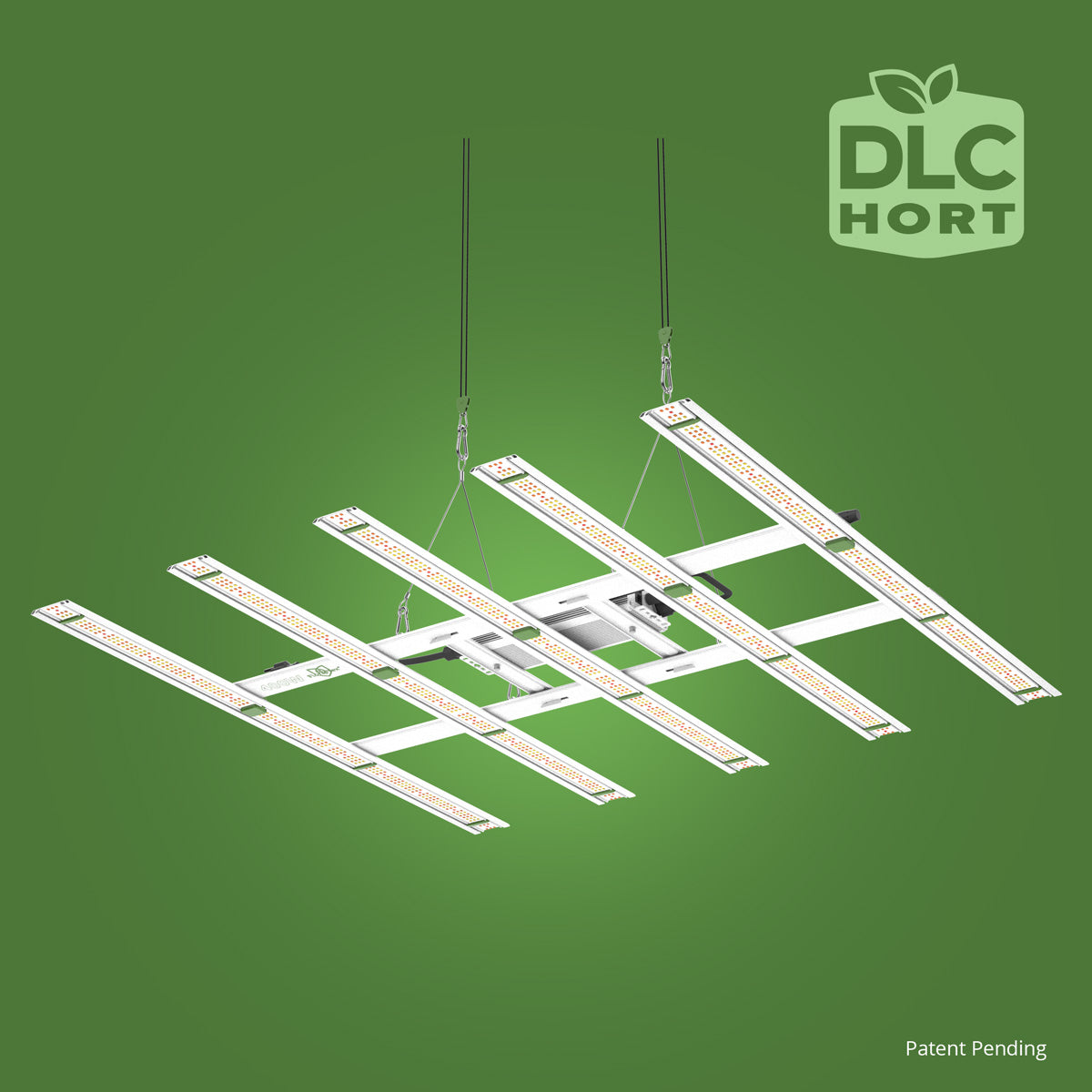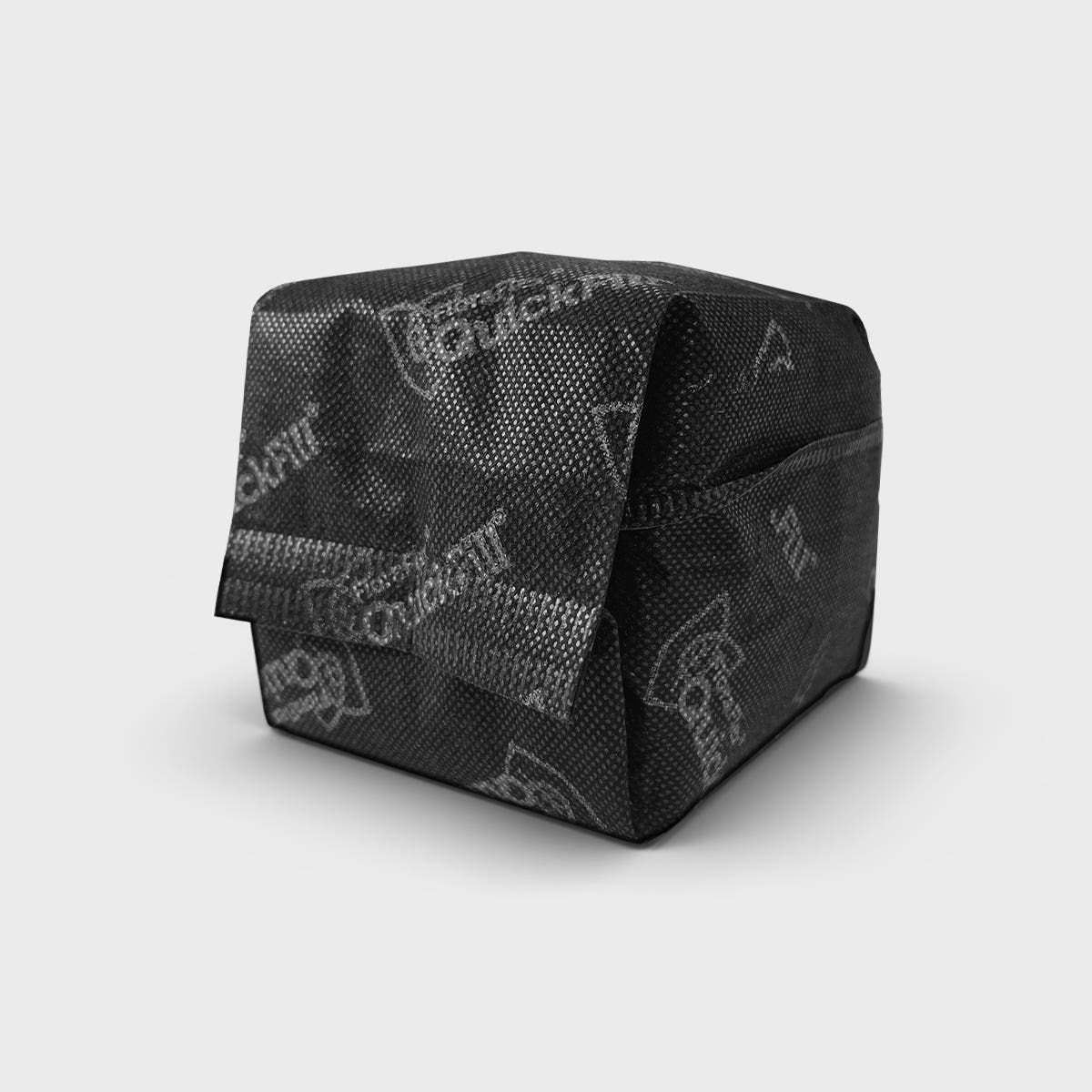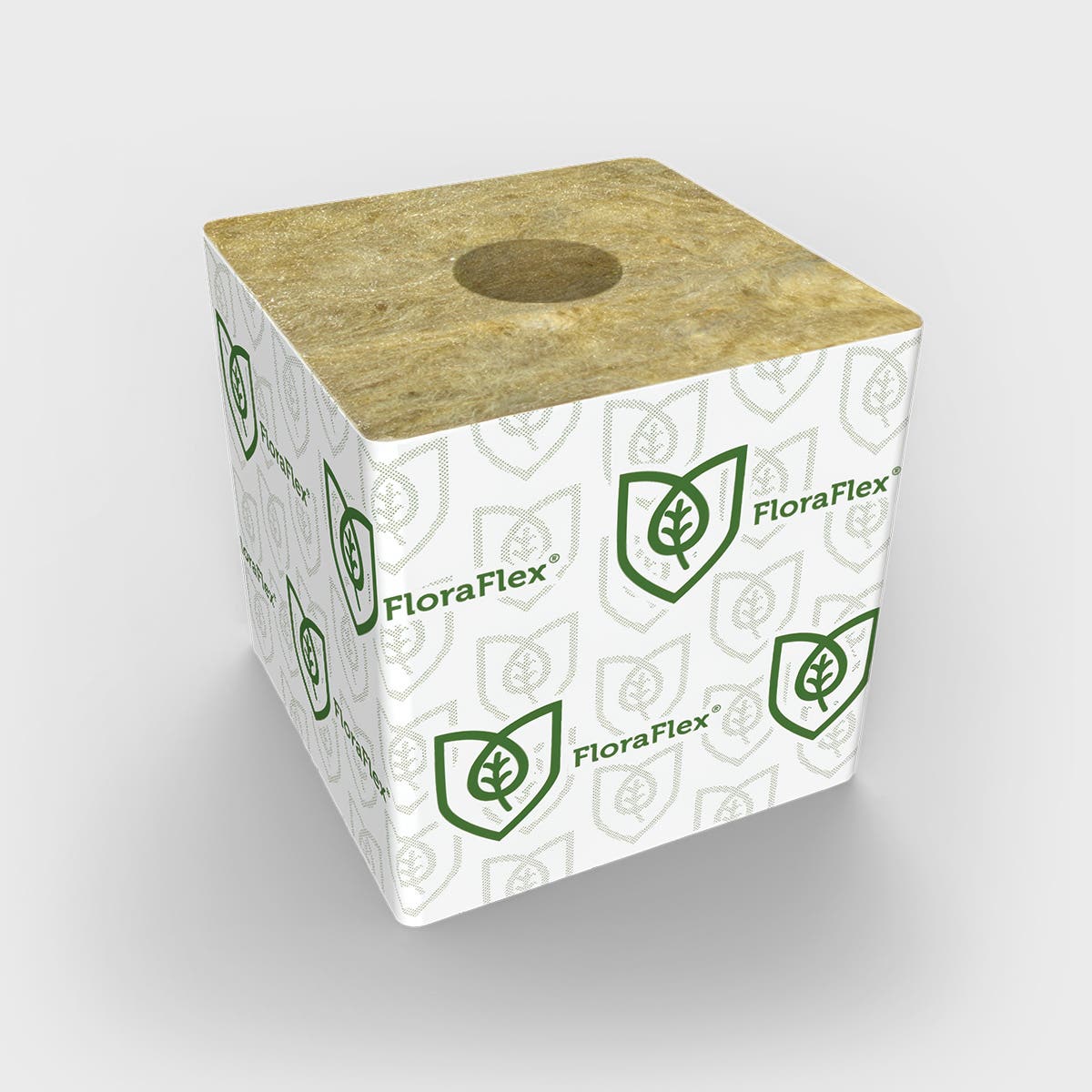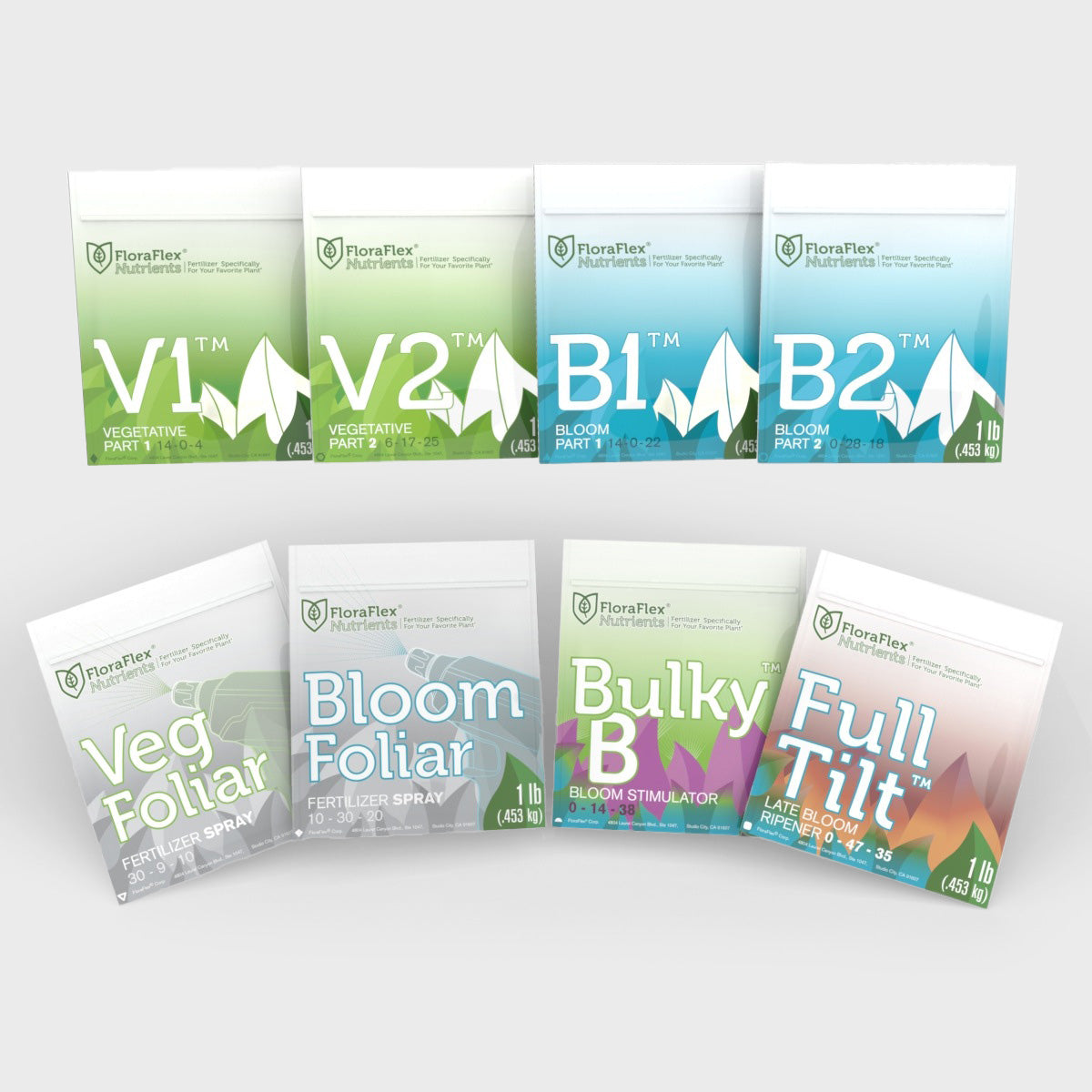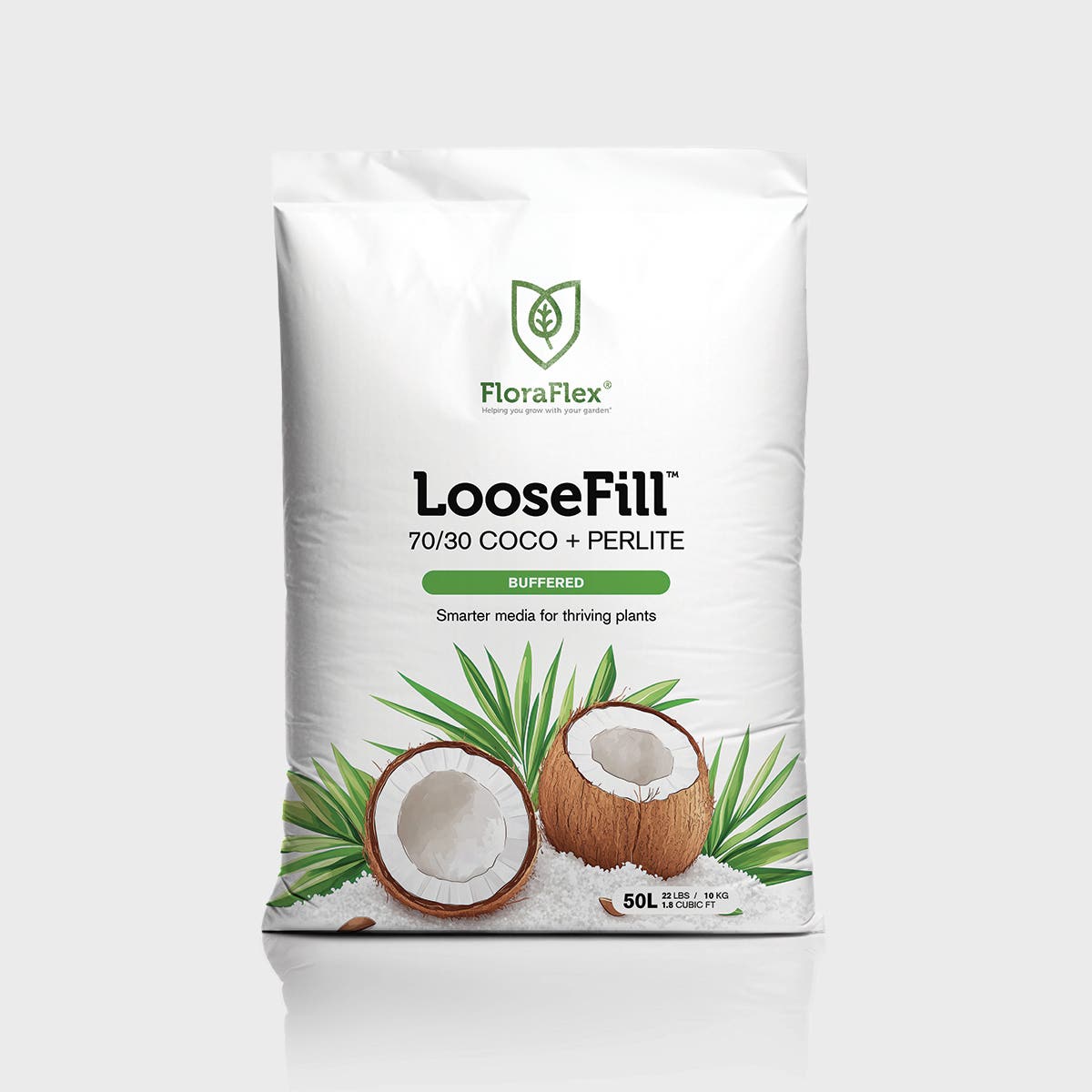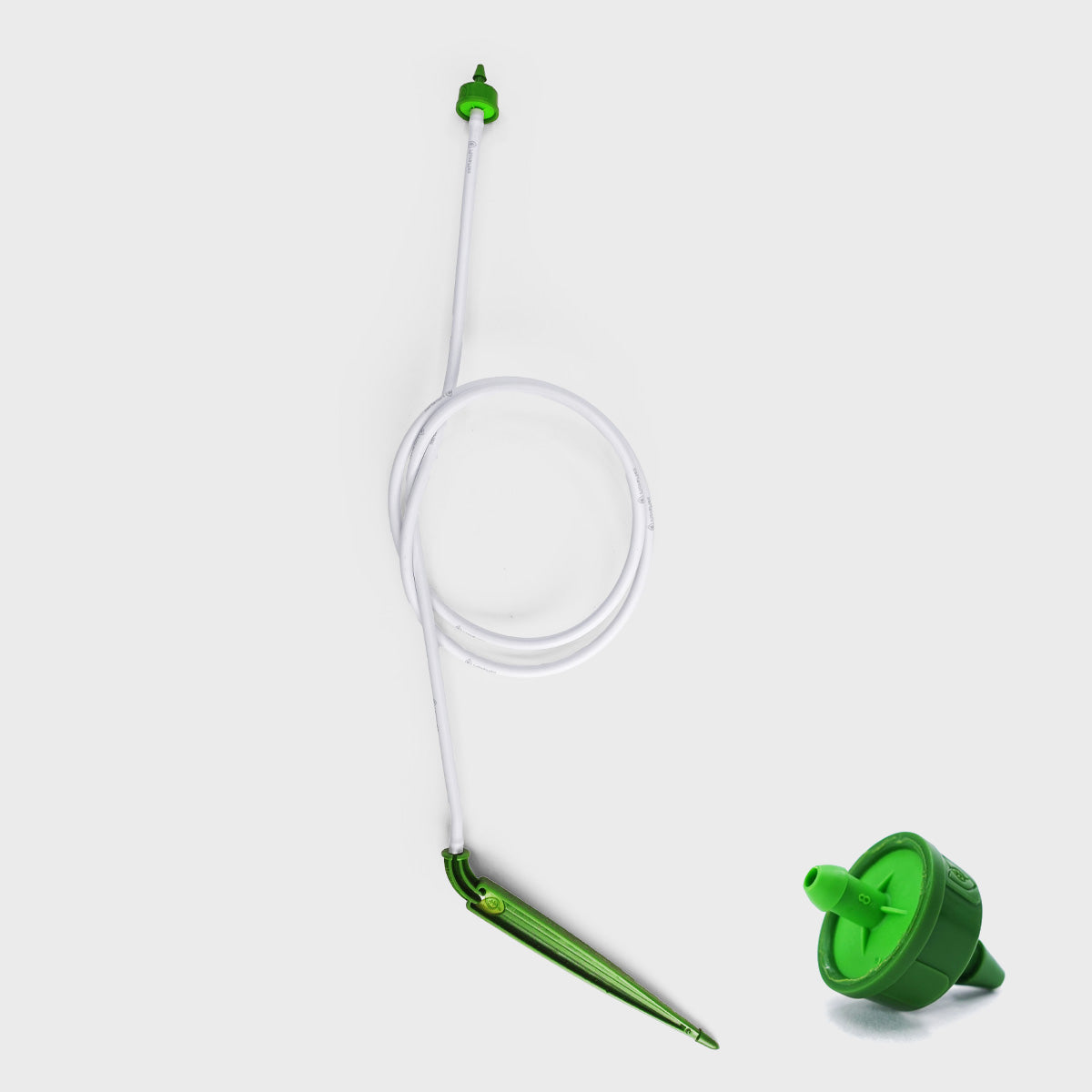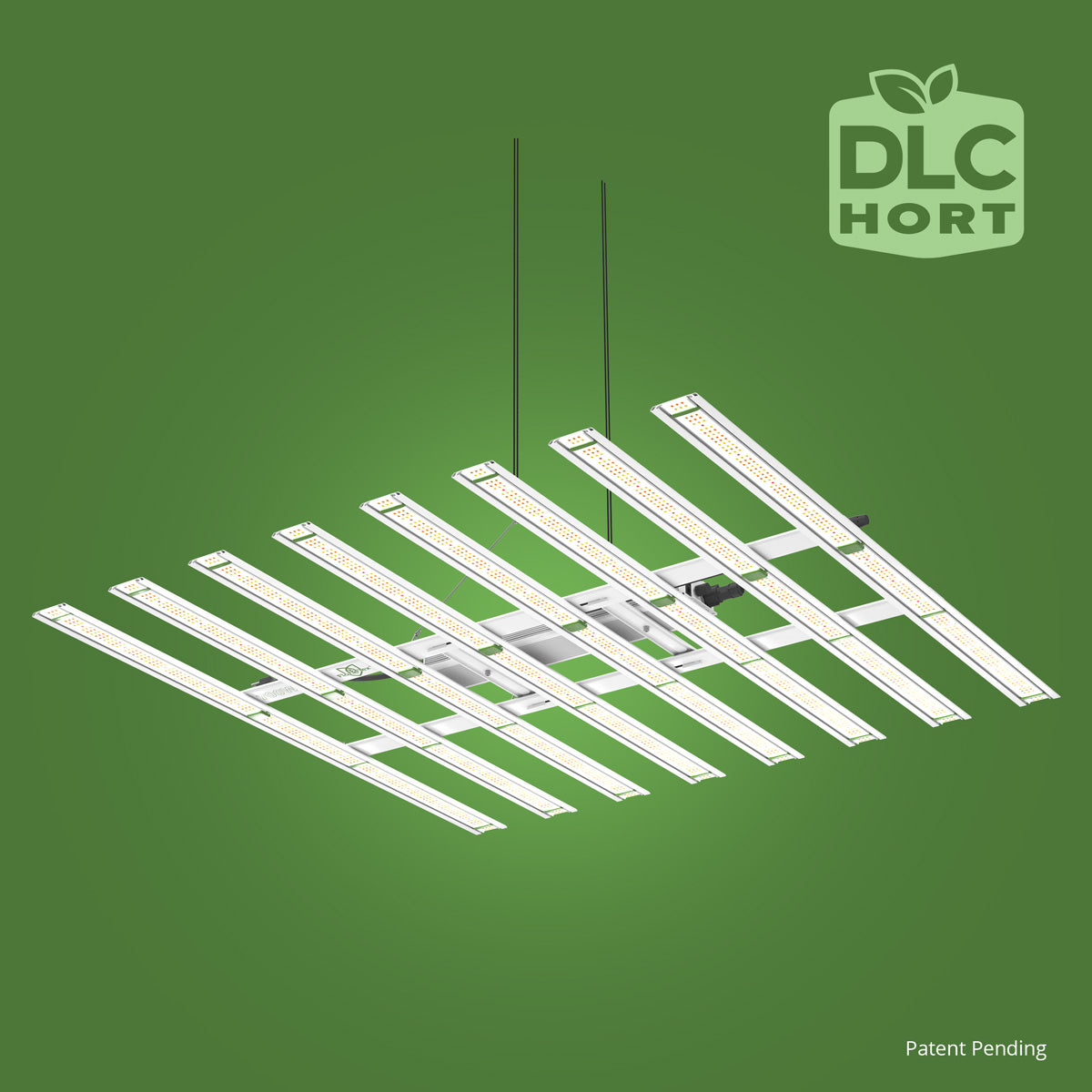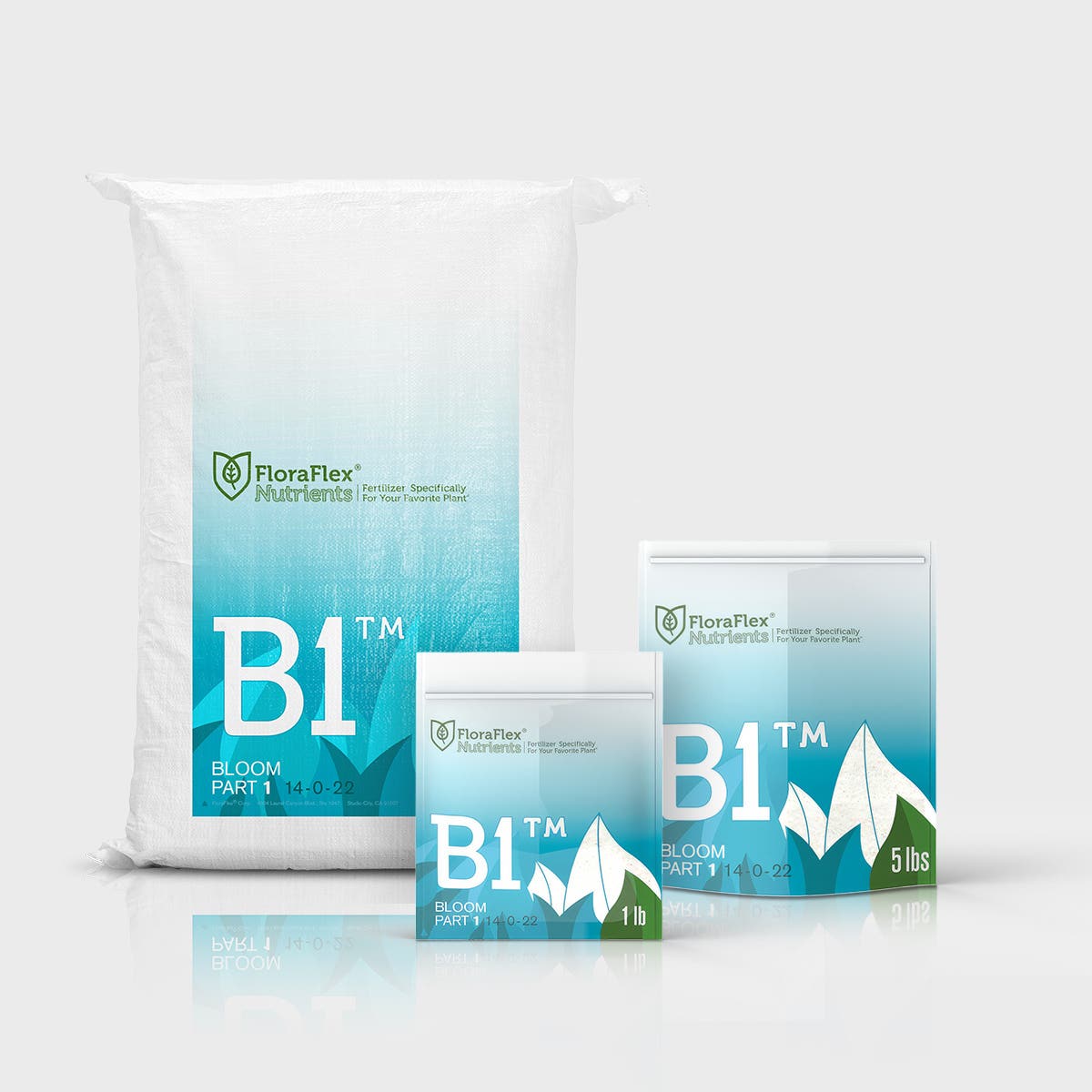Germination is a crucial process in the life cycle of marijuana plants. It refers to the awakening of a seed and the initiation of growth. Proper germination is essential for achieving healthy and vigorous marijuana plants. In this article, we will explore the methods and techniques for germinating marijuana seeds effectively.
Step-by-Step Guide for Germinating Marijuana Seeds
Step 1: Gather supplies
Before you begin the germination process, gather the necessary supplies. You will need:
- Marijuana seeds
- Paper towels or cotton pads
- Distilled water
- Tweezers or a pair of clean, sterilized hands
- A clean plate or container
Step 2: Choose the germination method
There are several methods to germinate marijuana seeds. The most common ones are:
- Paper towel method: This method involves placing seeds between moist paper towels or cotton pads.
- Water soaking method: Seeds are soaked in water until they sprout.
- Direct planting method: Seeds are planted directly in a growing medium.
Step 3: Preparing the seeds
Handle the seeds with care to avoid damaging them. Use tweezers or clean hands to pick up the seeds. Avoid touching the delicate white root (radicle) emerging from the seed.
Step 4: Germination process
Paper towel method:
- Moisten the paper towel or cotton pad with distilled water, ensuring it's not dripping wet.
- Place the seeds on one half of the moistened paper towel.
- Fold the paper towel over the seeds to cover them completely.
- Place the folded paper towel on a clean plate or container.
- Keep the plate/container in a warm and dark location.
- Check the seeds daily for moisture and sprouting progress.
- Once the roots are visible, transfer the germinated seeds carefully to a growing medium.
Water soaking method:
- Fill a glass with distilled water at room temperature.
- Drop the seeds into the glass of water.
- Let the seeds soak for 24-48 hours.
- Check the seeds regularly for signs of sprouting.
- Once the roots appear, transfer the seeds to a growing medium.
Direct planting method:
- Fill a pot or container with a suitable growing medium.
- Make a small hole in the medium, approximately 0.5 to 1 inch deep.
- Place the seed carefully into the hole.
- Cover the seed with the growing medium, ensuring it's not packed tightly.
- Water the planted seed gently.
- Keep the pot or container in a warm and dark location.
- Monitor the seedling's growth and provide necessary care.
Step 5: Transplanting the germinated seeds
Once the seeds have sprouted and developed roots, it's time to transplant them into a suitable growing medium or container. Handle the fragile seedlings with care to prevent damage to the delicate roots. Transplant them into a well-prepared growing environment with appropriate lighting, temperature, and nutrient supply.
Tips for Successful Germination
To increase the chances of successful germination, consider the following tips:
- Use fresh seeds: Fresh seeds have a higher germination rate compared to old or damaged ones.
- Maintain optimal temperature and moisture: Ensure the germination environment has a temperature between 70-85°F (21-29°C) and consistent moisture without overwatering.
- Avoid over-handling the seeds: Excessive touching or mishandling of seeds can cause damage, reducing the chances of successful germination.
- Be patient: Germination can take anywhere from a few days to a couple of weeks. Avoid the temptation to disturb the seeds during this critical phase.
Troubleshooting Germination Issues
Slow or no germination
If you experience slow or no germination, consider the following factors:
- Temperature: Ensure the germination environment maintains the appropriate temperature range.
- Moisture: Adjust the moisture levels, avoiding excessive dryness or saturation.
- Seed quality: Poor-quality or old seeds may have lower germination rates.
Mold or fungus growth
Mold or fungus growth can hinder germination. To prevent this issue:
- Ensure proper ventilation: Provide adequate airflow to prevent excess humidity.
- Avoid overwatering: Maintain the right moisture balance to discourage mold growth.
- Use sterile equipment: Clean and sterilize all equipment before use.
Damaged or weak seedlings
Weak or damaged seedlings may need extra care. Consider the following steps:
- Supportive environment: Provide optimal growing conditions, including appropriate lighting and nutrient supply.
- Prune carefully: If the seedling shows signs of damage or weakness, prune gently to remove affected parts.
Conclusion
Germinating marijuana seeds is a crucial step in growing healthy plants. By following proper techniques and providing the right environment, you can ensure successful germination. Remember to handle the seeds with care, maintain optimal conditions, and address any issues promptly. With patience and attention to detail, you'll be on your way to cultivating robust marijuana plants.
FAQs
-
How long does it take for marijuana seeds to germinate? Germination typically takes between 24 hours to 2 weeks, depending on various factors such as seed quality and environmental conditions.
-
Can I germinate marijuana seeds without using any specialized methods? Yes, you can germinate seeds by directly planting them in a suitable growing medium. However, using specialized methods like the paper towel or water soaking method can improve germination rates.
-
What is the ideal temperature for germinating marijuana seeds? The ideal temperature range for germination is between 70-85°F (21-29°C). Maintaining a consistent temperature within this range promotes successful germination.
-
Can I use tap water for germination? It is recommended to use distilled water for germination to avoid any potential contaminants that may hinder germination.
-
Can I germinate old marijuana seeds? While the germination success rate may decrease with old seeds, it is still possible to germinate them. However, fresher seeds generally have higher germination rates.
-
Should I remove the seed husk after germination? It is best to leave the seed husk intact and let the seedling shed it naturally. Attempting to remove the husk may damage the delicate seedling.
-
How often should I check on the germinating seeds? Regularly check the seeds once or twice a day to ensure they are moist and to monitor their progress.
-
Can I germinate marijuana seeds outdoors? Germinating marijuana seeds outdoors is possible, but it's important to consider the local climate and weather conditions. Starting seeds indoors and then transplanting them outside can provide better control over the germination process.
-
Do all marijuana seeds germinate? Not all marijuana seeds will germinate successfully. Factors such as seed quality, age, and handling can affect the germination rate.
-
Are there any risks involved in germinating marijuana seeds? Germinating marijuana seeds is generally safe and legal in regions where marijuana cultivation is permitted. However, it's important to be aware of and comply with local laws and regulations regarding cannabis cultivation.

